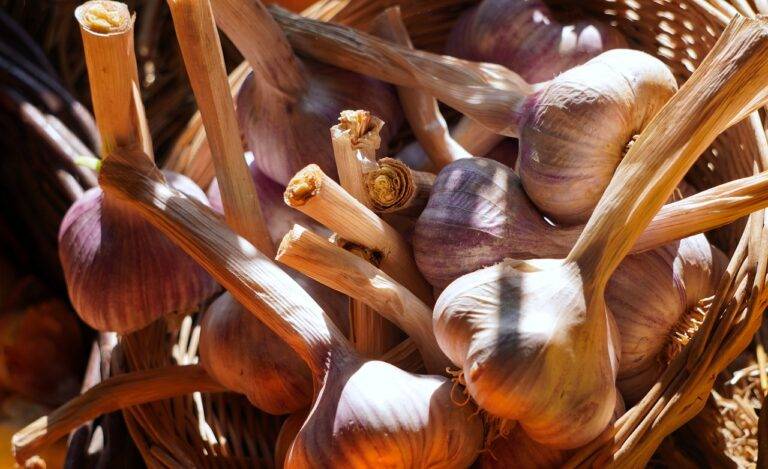The Art of Cheese Pairing: Perfecting Wine and Cheese Combinations
When analyzing flavor profiles, it is essential to pay attention to the key components that contribute to the overall taste experience. Aromas play a vital role in identifying the subtle nuances in a dish or beverage. By taking note of the various scents present, one can start to distinguish between the different flavors present within the overall profile.
Furthermore, textures also play a significant role in understanding flavor profiles. Whether a food item is creamy, crunchy, or chewy can greatly impact the overall dining experience. Considering how these textures interact with the flavors can provide deeper insight into the complexity of a dish or drink.
Selecting the Right Types of Cheese
When selecting cheeses to pair with your wine, consider the different categories of cheese that can complement various wine characteristics. For example, soft cheeses like brie and camembert tend to pair well with light-bodied white wines, while aged cheeses like cheddar and gouda can stand up to the flavor of bold red wines. It’s important to balance the flavors and textures of both the wine and cheese to enhance the overall tasting experience.
Additionally, take into account the intensity of the cheese when selecting a wine to pair with it. Strong, sharp cheeses like blue cheese or goat cheese may overpower delicate wines but can be beautifully complemented by full-bodied red wines or sweet dessert wines. On the other hand, mild and creamy cheeses like mozzarella or Swiss are versatile choices that can pair well with a variety of wines, making them a safe option for most wine tasting occasions.
Understanding Wine Characteristics
When diving into the world of wine, it is important to familiarize oneself with various characteristics that can help in selecting the perfect bottle. Different wines possess unique qualities such as body, acidity, tannins, and sweetness levels. The body of a wine refers to its weight and texture on the palate, which can range from light to full-bodied, influencing how the wine feels in your mouth.
Acidity is another key attribute in wines, lending a crisp and refreshing quality. It provides balance to the overall taste profile and can enhance food pairings. Tannins, commonly found in red wines, contribute to the wine’s structure and mouthfeel, often perceived as a drying sensation. Understanding these characteristics can aid in choosing wines that align with personal preferences and complement the occasion.





